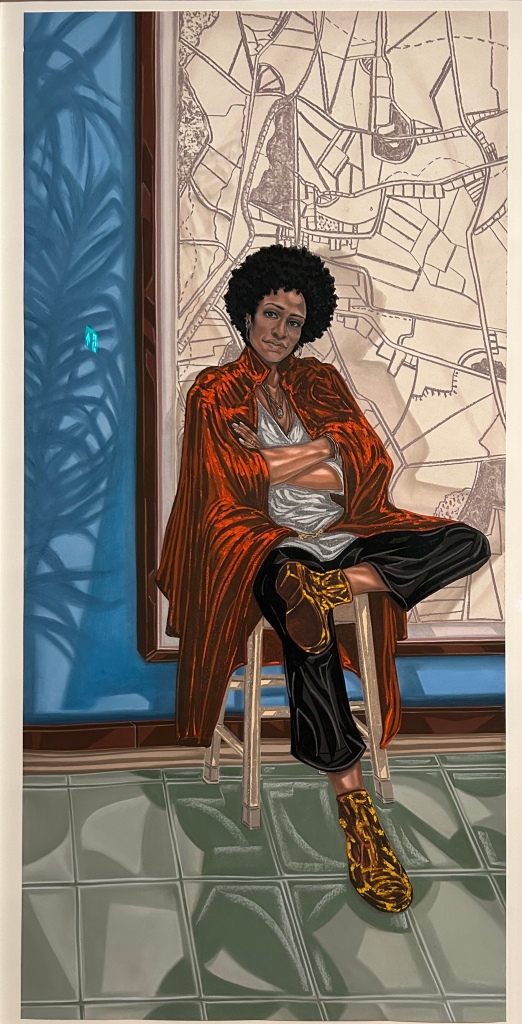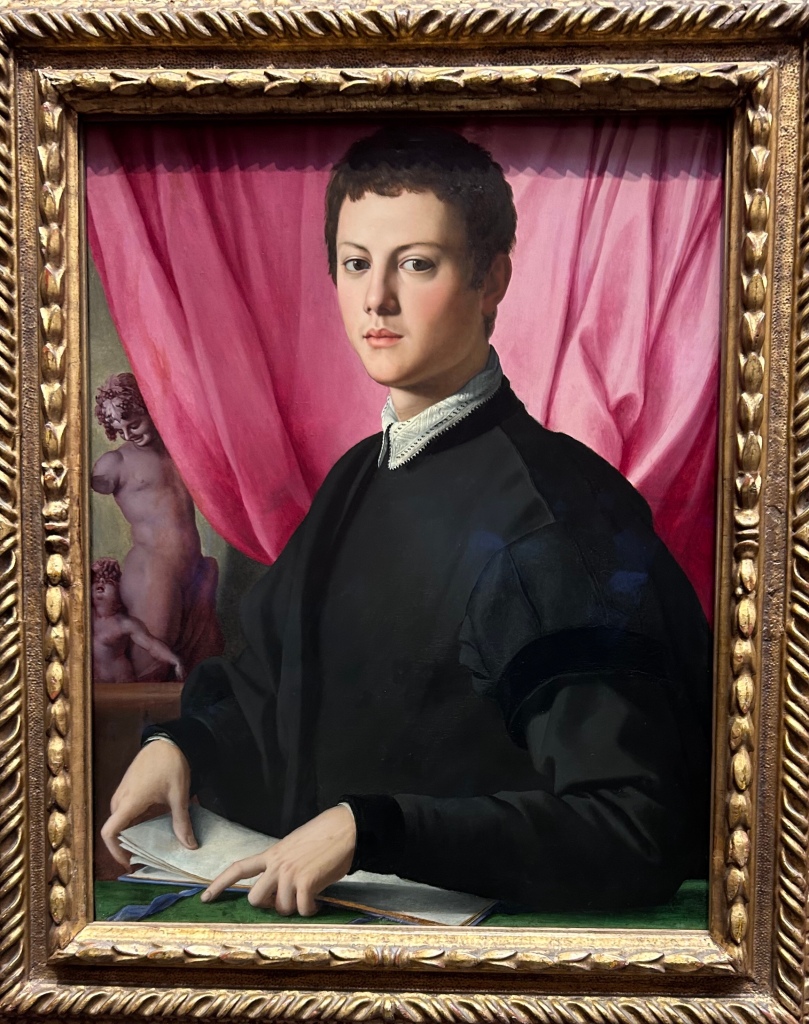On a trip to London my fondness for portraits drew me, first, to the refurbished National Portrait Gallery. A few highlights below.





Onwards to the National Gallery, to see the Franz Hals exhibition. One of the most important 17th-century Dutch artists, Hals was a portraitist par excellence, a virtuoso who painted mostly a la prima, without a preliminary sketch (this is difficult to imagine, given his assured brushstrokes and beautiful detail.)

His portraits possess a unique liveliness of expression, and he painted his subjects smiling or laughing, something few painters dared to attempt.

He also portrayed people in informal positions, especially his friends…

…and was sought after by couples and families for his seemingly casual, yet carefully posed compositions, where the affection between the subjects is apparent.

The portrait of the young girl below was one of my favourites, due to the sweetness of her expression.

He was also great at painting hands, one of my predilections.


My one caveat is that his sitters are not particularly attractive, if I may be permitted to say so. A fact impressed upon me as, going out of the exhibition, I came upon a portrait of a young man by Titian.

And another by Bronzino. Were Italians better looking than the Dutch, or did the painters idealise them more?

I then wandered into a small but stunning exhibition of the idiosyncratic painter Jean-Etienne Liotard. Born in Geneva, he travelled widely and was a master of pastel, a very delicate and subtle medium.
In 1754 he produced a masterpiece, The Lavergne Family Breakfast, which he sold to William Ponsonby, Viscount Duncannon, for the then princely sum of 200 guineas. Upon the latter’s invitation he went with him to Constantinople, where he stayed for four years, growing a long a bushy beard, adopting Turkish dress and calling himself the ‘Turkish Painter.’

Having not seen his painting for twenty years, he then went back and made an exact replica in oil. This is the first time the paintings have been exhibited together.

Liotard sounds like a very amusing fellow, as well as being a most accomplished artist. However, having met the love of his life, he shaved off his beard, this being a condition of the marriage. He made numerous portraits in pastel, such as the one below of Lady Anne Somerset, looking much older than her fourteen years, with her cascading locks and plunging neckline.

I will end this post with the portrait of a horse, the beautiful Arabian stallion Whistlejacket, by George Stubbs. One of my favourite pictures in the National Gallery.

